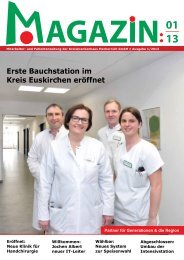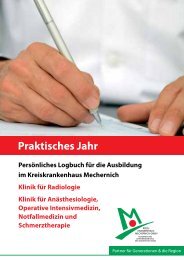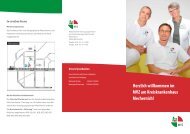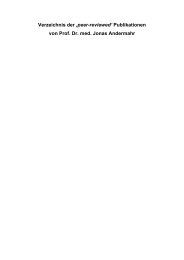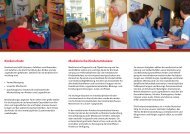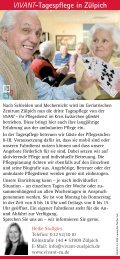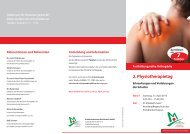scapula fracture classification system - Kreiskrankenhaus Mechernich
scapula fracture classification system - Kreiskrankenhaus Mechernich
scapula fracture classification system - Kreiskrankenhaus Mechernich
Create successful ePaper yourself
Turn your PDF publications into a flip-book with our unique Google optimized e-Paper software.
516 M. Jaeger et al.<br />
Figure 5<br />
Focused <strong>classification</strong> <strong>system</strong> of multifragmentary joint <strong>fracture</strong>s (F2). Ó 2012, Jaeger et al.<br />
Figure 6<br />
Example of a 3D CT reconstruction video used for the last <strong>classification</strong> session. Ó 2012, Jaeger et al.<br />
format, anonymized, and distributed on DVD format to SCCG<br />
members, who classified <strong>fracture</strong>s independently ‘‘at home’’<br />
within a 3-month period. Fracture codes were collected electronically<br />
using specifically designed Excel sheets (Microsoft, Redmond,<br />
WA, USA), which were centralized for the analyses. The<br />
results including reliability and accuracy data were reviewed<br />
during face-to-face meetings to identify the reasons for coding<br />
disagreements and improving the <strong>system</strong>.<br />
The final session included 120 cases documented with the<br />
2-dimensional CT series and 3D CT reconstruction videos, as well<br />
as additional radiographs available from 105 cases. Data were<br />
managed and analyzed by use of Intercooled Stata, version 11<br />
(StataCorp LP, College Station, TX, USA). The basic <strong>system</strong> was<br />
first analyzed to assess the likely distribution of articular segment<br />
(F0/F1/F2) <strong>fracture</strong>s in the sample and identify them. The focused<br />
<strong>system</strong> was then applied to this <strong>fracture</strong> subset and separately<br />
analyzed for simple <strong>fracture</strong> patterns (F1) and multifragmentary<br />
joint <strong>fracture</strong>s (F2). Interobserver reliability was evaluated by<br />
means of k coefficients. The k coefficient is commonly used as<br />
a chance-corrected measure of agreement, which ranges from þ1<br />
(complete agreement) to 0 (agreement by chance alone) to less<br />
than 0 (less agreement than expected by chance). The k coefficient<br />
is a useful indicator of reliability, and a value of 0.70 is considered<br />
an adequate sign of reliability. Classification accuracy was estimated<br />
by latent class modeling 22,23 using Latent GOLD software,<br />
version 3.0.1 (Statistical Innovations, Belmont, MA, USA). This<br />
technique aims at identifying the most likely ‘‘true’’ distribution of<br />
<strong>fracture</strong> classes in the population of <strong>scapula</strong> <strong>fracture</strong>s based on the<br />
evaluated sample and the agreement data collected among the<br />
participating surgeons; for each class, the degree of <strong>classification</strong><br />
accuracy for each surgeon is also estimated. 6<br />
Results<br />
When identifying cases using the basic <strong>system</strong> to classify<br />
a <strong>fracture</strong> of the articular segment (denoted F), the<br />
7 shoulder specialists were in agreement for 73% of the 120



